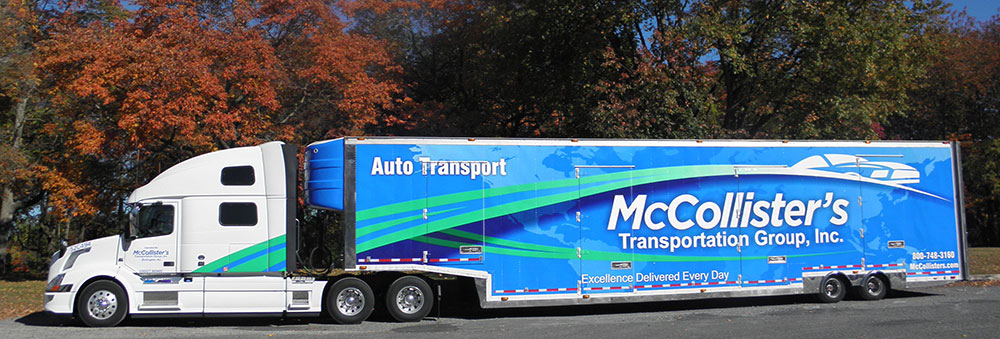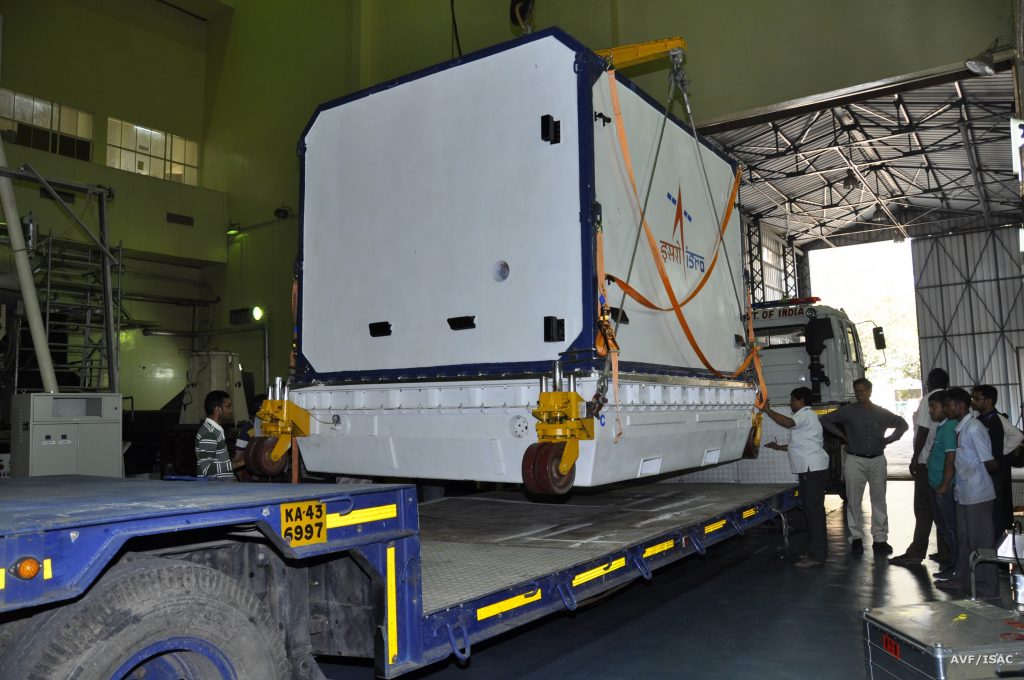 It would either be a crude joke or a grotesque parody of science fiction if one even envisages satellites huddled in a decrepit-seeming wagon or truck and taken to their destination.
It would either be a crude joke or a grotesque parody of science fiction if one even envisages satellites huddled in a decrepit-seeming wagon or truck and taken to their destination.
The intricate technological sophistication, use of sensitive components and sensors in satellites means that they cannot be simply loaded on the back of a lorry like other heavy goods and taken to their final destination to be unloaded. The need for safety, security, alertness, vigilance goes along with cutting-edge technology in special trucks and a state-of-the-art monitoring, tracking and surveillance system.
Who is responsible?
In countries where satellite transportation is not privatized, the national space agencies carry out the task themselves. For instance, ISRO in India transports its satellites on its own. ISRO has built its own indigenous Satellite Transportation System ( STS) that protects satellites against environmental hazards. STS is built with a suspension cradle that attenuates shock and vibration while handling loads.
But in most of the western world, space agencies, such as NASA, rely on private satellite transportation companies.
In the US, the Department of Defense certifies the companies based on various parameters, quality controls and standards. Only the companies that are up to the benchmark set by Defense Department get contracts for transporting satellite, unlike bidding contracts for the transportation of other goods which do not have to abide by so many regulations and guidelines.
Bradley Worthington, Vice President, Aerospace & Defense Services, McCollister’s Transportation Group, a leading satellite transportation company in the US, says “Beyond basic registration, the US Defense Department criterion also includes financial health of the organization and appropriate insurance coverage, among others. Performance is graded and scored at the end of each transport.”
Other companies like Satellite Specialized Transportation and Harbor Freight Transport Corporation also agree on the need for maintaining high standards in satellite transportation mainly due to the high level of investments involved.
Safety, compliance and quality
Loading and unloading satellites require feasible conditions, like a particular temperature, air pressure and atmospheric pressure that have to be maintained inside the truck. With high-precision microchips and sensors there is an increasing need of stabilizing the temperature in the truck and installing a temperature controller that also gives updates about the temperature.
“Satellites are loaded and unloaded in controlled environments. This is typically done in an airlock adjacent to a ‘clean room’ area. The temperature, pressure, and humidity inside the shipping container is controlled by our clients’ onboard ‘Environment Control Unit’ (ECU). These ECU’s are integrated into the shipping container,” shares Worthington.
While transporting satellites, precision for detail is very crucial at each level. As Jeff Roberts, Senior Mission Manager, Spaceflight, confirms, “Throughout our years of launching with domestic and international launch vehicles, we have always taken extra care to ensure the successful and safe delivery of our customers’ valuable spacecraft.”
The necessary document warnings like ‘handle with care’ or ‘hazardous materials’ is to be prominently displayed. The big containers used to carry satellites should be of perfect quality. For example, in the case of air cargo, a pressure relieving valve is used so that the satellite doesn’t touch the contours of the cargo box.
No margin of error
A single malfunctioning chip or circuit in a satellite could make the whole satellite permanently dysfunctional and scuttle the ambitious projects. There has to be bare minimal probability of exposure to harsh climate or wear and tear of the satellite components during transportation.
“The main requirements for transportation include performing a route survey in advance of the transport to ensure the load envelope can be safely transported along a prescribed route. Other requirements include oversize permits, lead and rear escorts, and pre-planned ‘safe haven’ locations in the event of weather or equipment issues”, says Worthington emphasizing the strict security measures and high level of preparedness for a worst-case scenario.
The journey of the satellite truck may range from a few hundred miles to a thousand miles. To nullify the chances of error, even the twists, turns; roundabouts in the route are examined and surveyed.

Satellite transportation companies usually determine the final dimensional envelope of the transport, and then send a crew out to take measurements of potential obstructions – low hanging trees and utility wires, underneath bridge overpasses, construction zones, narrow surfaces, and turns with a potentially challenging turn radius. Once the surveying of the routes is done and the best possible survey path is examined, the cargo follows the same route and directions. During transport, the lead escort has the responsibility of identifying these areas along the route and dictating the convoy’s course of action, based on the script developed from the results of the route survey.
Also Read: On-orbit satellite servicing: Process, Benefits and Challenges
The expectation for margin of error in the aerospace and defense industry is extreme. It has a set point of ‘Zero.’ A company’s training and process discipline is the key to achieving a target zero performance expectation.
Still, there is no ideal scenario or system that cannot fail, notwithstanding the exceptionally low probability. For these rare cases, there are safeguards and protocols that are followed, along with taking prompt action and liability.
It’s not all rosy
In case of a mishap or unforeseen event that leads to an inadvertent delay in the transportation, or if a truck gets struck midway for a long period, most satellite transportation companies respond on a real-time basis and also look for safe havens along the routes.
Satellite transportation companies also grapple with the pressing issue of trained manpower constraint and talent retention in a hyper-competitive business. To keep pace with the current rate of growth and to fulfill customer expectations, companies need a huge influx of trained manpower.
“The trucking industry, in general, is faced with a unique predicament. The demand for transportation services is ever increasing, and at the same time, the industry is struggling to recruit and retain qualified drivers,” concurs Worthington.
What the future holds
With near ubiquity of satellites in multiple domains, the need of satellite transportation would grow rapidly but this may not lead to automatically new start-ups taking a plunge in satellite transportation.
The manpower challenge might further intensify in the future as autonomous vehicles disrupt the conventional transportation sector and self-driving trucks hit the roads. But this is not happening anytime soon. And even when it happens, trucks that carry satellites would rely on human drivers till the time self-driving trucks are established and trusted to undertake arduous journeys.
The ‘Transporters’ with their ability to move on briskly, to reimagine the industry’s orientation, when required, and provide excellent delivery – will keep on mesmerizing us as the world strives to achieve higher penetration in the Space. We just hope they don’t drive rash and stay miles away from dare-devilry, unlike Jason Stratham!
Also Read




